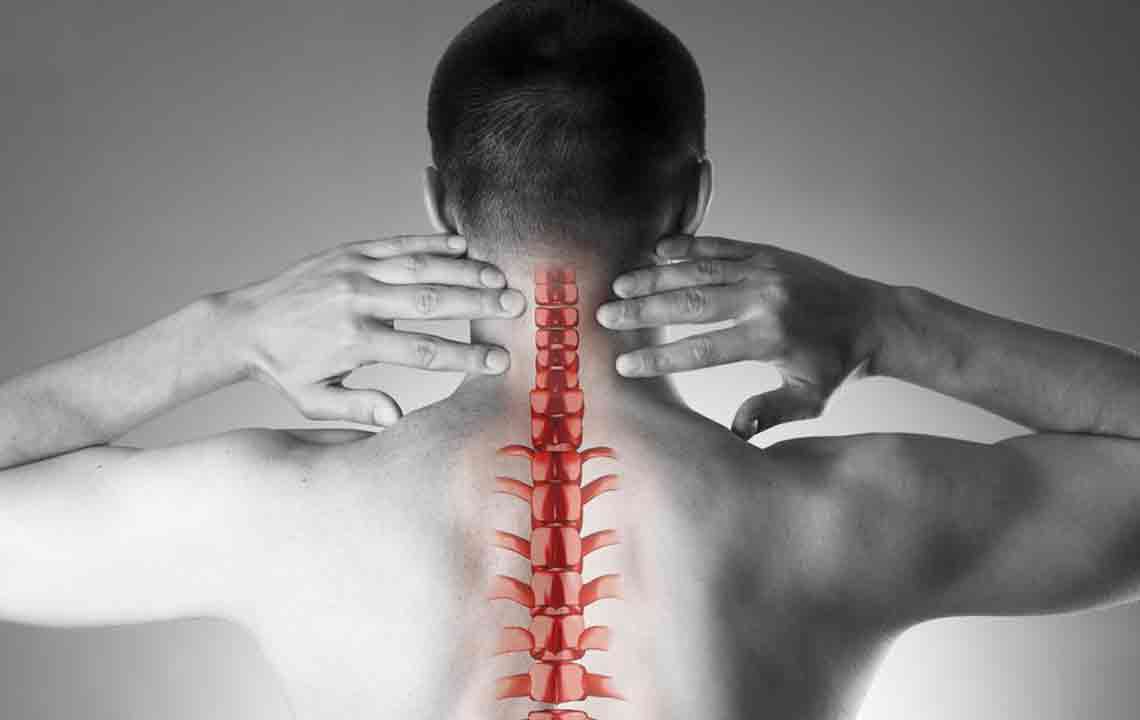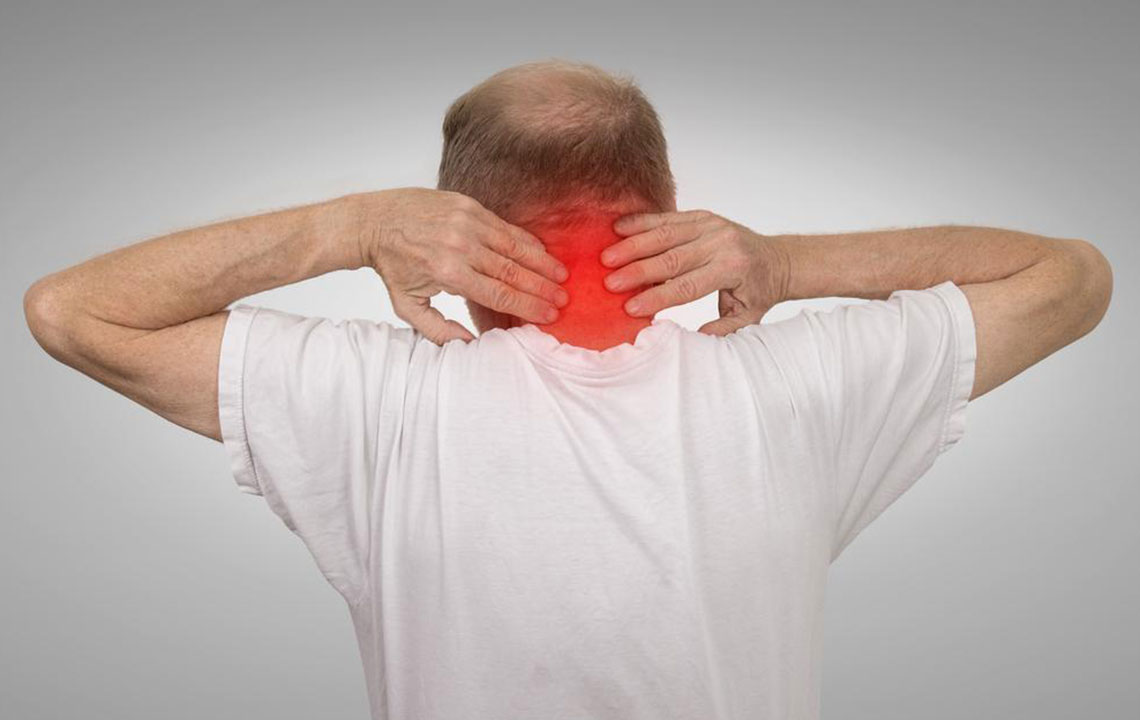Comprehensive Guide to Spinal Canal Narrowing: Causes, Symptoms, and Treatment Options
Discover comprehensive insights into spinal canal narrowing, including its causes, symptoms, and treatment options. Learn how early diagnosis and management can improve quality of life for those affected by this common spinal condition. From conservative therapies to surgical interventions, explore ways to maintain spinal health and prevent progression.

Comprehensive Guide to Spinal Canal Narrowing: Causes, Symptoms, and Treatment Options
The human spine, often known as the vertebral column, is a complex and vital structure that provides support, stability, and flexibility to the body. It also safeguards the spinal cord, a crucial component of the central nervous system (CNS) responsible for transmitting signals between the brain and the rest of the body. Any issues affecting the spine, particularly conditions that lead to its narrowing, can have significant repercussions on overall health, mobility, and quality of life. Understanding spinal canal narrowing, also known as spinal stenosis, is essential for early detection, effective management, and prevention of complications.
Spinal stenosis refers to the gradual narrowing of the spaces within the vertebral canal, which can compress the nerves passing through the spinal cord. This compression often results in symptoms such as pain, numbness, tingling, weakness, and reduced mobility. The most commonly affected areas are the cervical spine (neck region) and lumbar spine (lower back). The severity and progression of symptoms depend on the extent of the narrowing and the specific nerves involved.
This condition is increasingly prevalent, particularly among older adults, and can significantly impair daily activities. Early diagnosis and intervention are crucial to prevent irreversible nerve damage and chronic discomfort. Lifestyle factors, genetic predisposition, and environmental influences can all contribute to the development of spinal stenosis.
Understanding the causes of spinal canal narrowing is fundamental in managing and preventing this condition. Factors leading to stenosis include repetitive stress from occupational activities, poor posture, traumatic injuries such as falls or accidents, congenital abnormalities, degenerative changes associated with aging, and nutritional deficiencies such as calcium deficiency. These factors can lead to degeneration of the intervertebral discs, thickening of ligamentum flavum, and osteophyte formation (bone spurs). All these changes can encroach upon the spinal canal, narrowing its space.
Chiropractors and spinal specialists employ a range of diagnostic tools to assess spinal health and pinpoint the exact cause of narrowing. These include physical examinations, X-rays, MRI scans, and CT scans. Accurate diagnosis is essential for devising an effective treatment plan tailored to the individual's condition and lifestyle.
Management of spinal canal narrowing encompasses various approaches. Initially, conservative treatments such as pain medications, anti-inflammatory drugs, physical therapy, and manual chiropractic adjustments are often effective. These therapies aim to alleviate pain, improve spinal mobility, and reduce nerve compression. Patients are also instructed on ergonomic modifications, posture correction, and support techniques to prevent further deterioration.
In cases where conservative measures fail to provide relief, or if neurological deficits worsen, surgical intervention may become necessary. Procedures such as decompressive laminectomy, spinal fusion, or minimally invasive surgeries are performed to enlarge the spinal canal and decompress the affected nerves. Advances in surgical techniques have improved outcomes and reduced recovery times.
Preventative strategies are equally important in maintaining spinal health. Regular exercise promotes flexibility, strength, and overall spinal stability. Maintaining good posture during daily activities minimizes undue pressure on the spine. Nutritional support, including adequate calcium and vitamin D intake, contributes to bone health. Additionally, avoiding repetitive strain and using ergonomically designed furniture can help prevent the onset or progression of stenosis.
Patients diagnosed with spinal stenosis should remain vigilant about their symptoms and seek prompt medical care when experiencing new or worsening discomfort. Multidisciplinary management—including physical therapy, medication, lifestyle adjustments, and surgical options—can significantly improve quality of life. Education about spinal health and proactive measures can go a long way in mitigating the risks associated with nerve compression.
Research continues to explore innovative treatments and minimally invasive procedures to address spinal canal narrowing more effectively. As our understanding of spinal pathologies advances, personalized care plans tailored to individual needs and conditions are becoming more commonplace, offering hope for those affected by this often debilitating condition.
If you experience persistent back or neck pain, numbness, weakness, or difficulty walking, consult with a qualified spinal specialist to determine if spinal canal narrowing is a contributing factor. Early intervention can help prevent permanent nerve damage and maintain mobility and independence.





